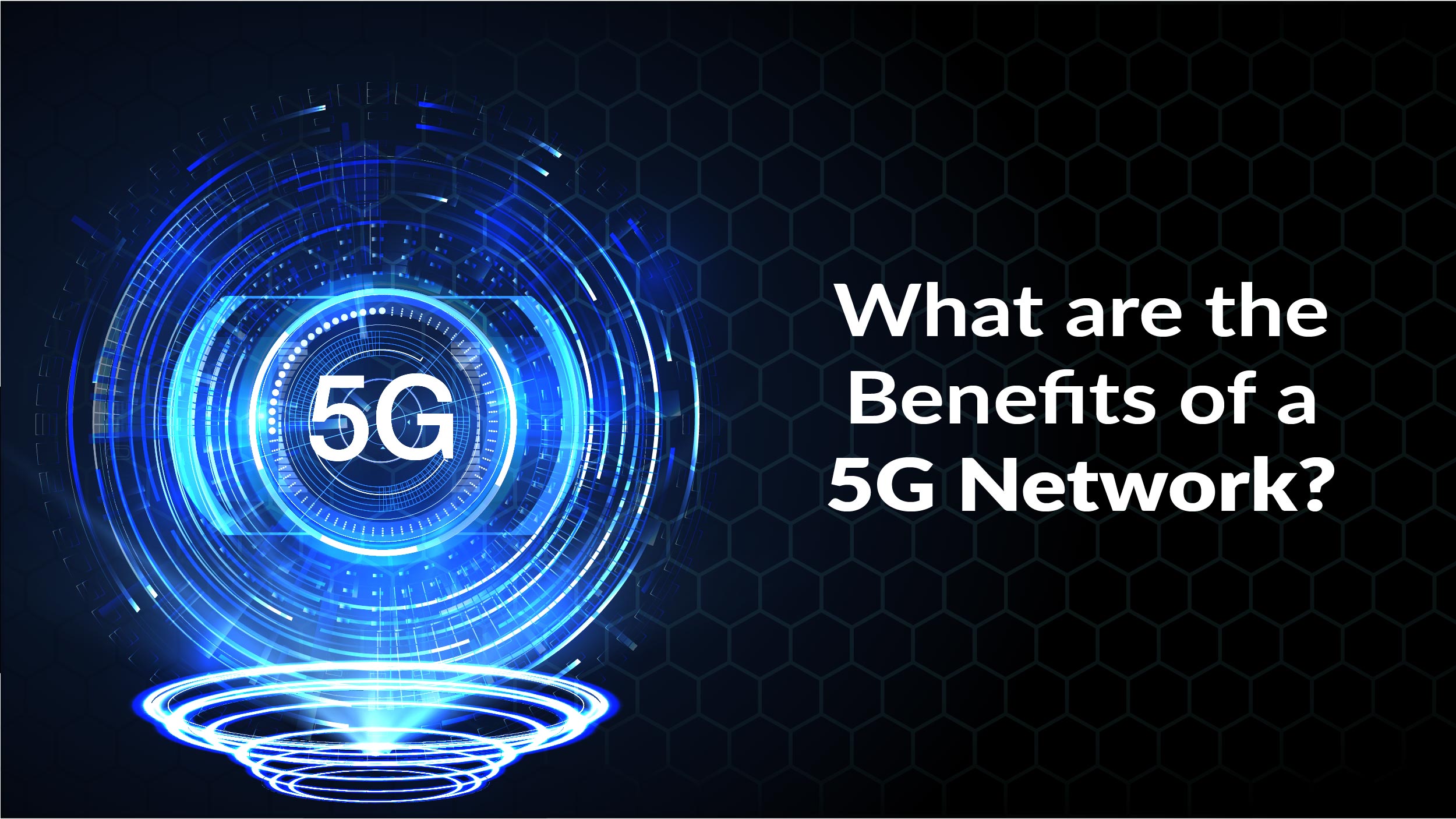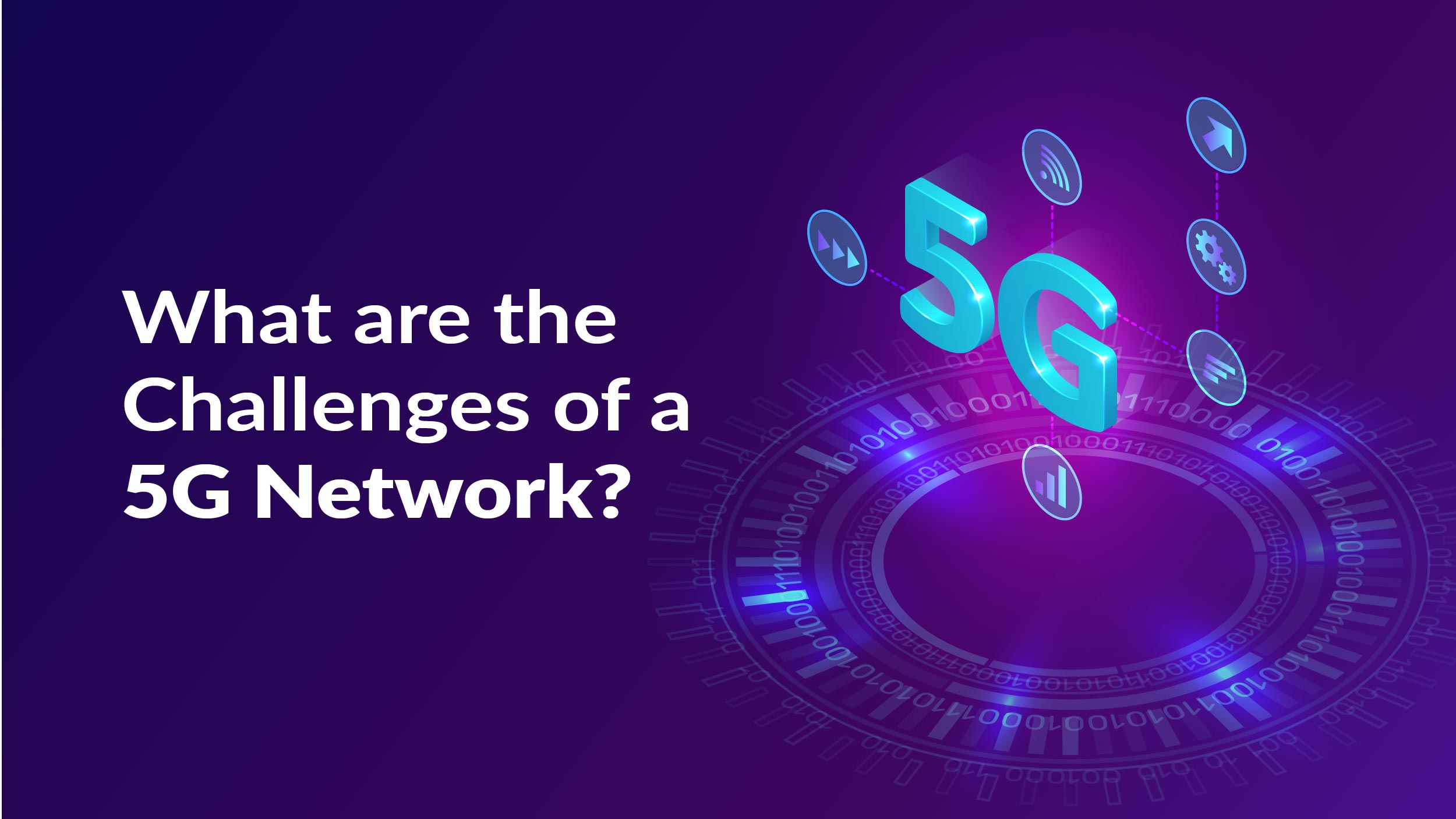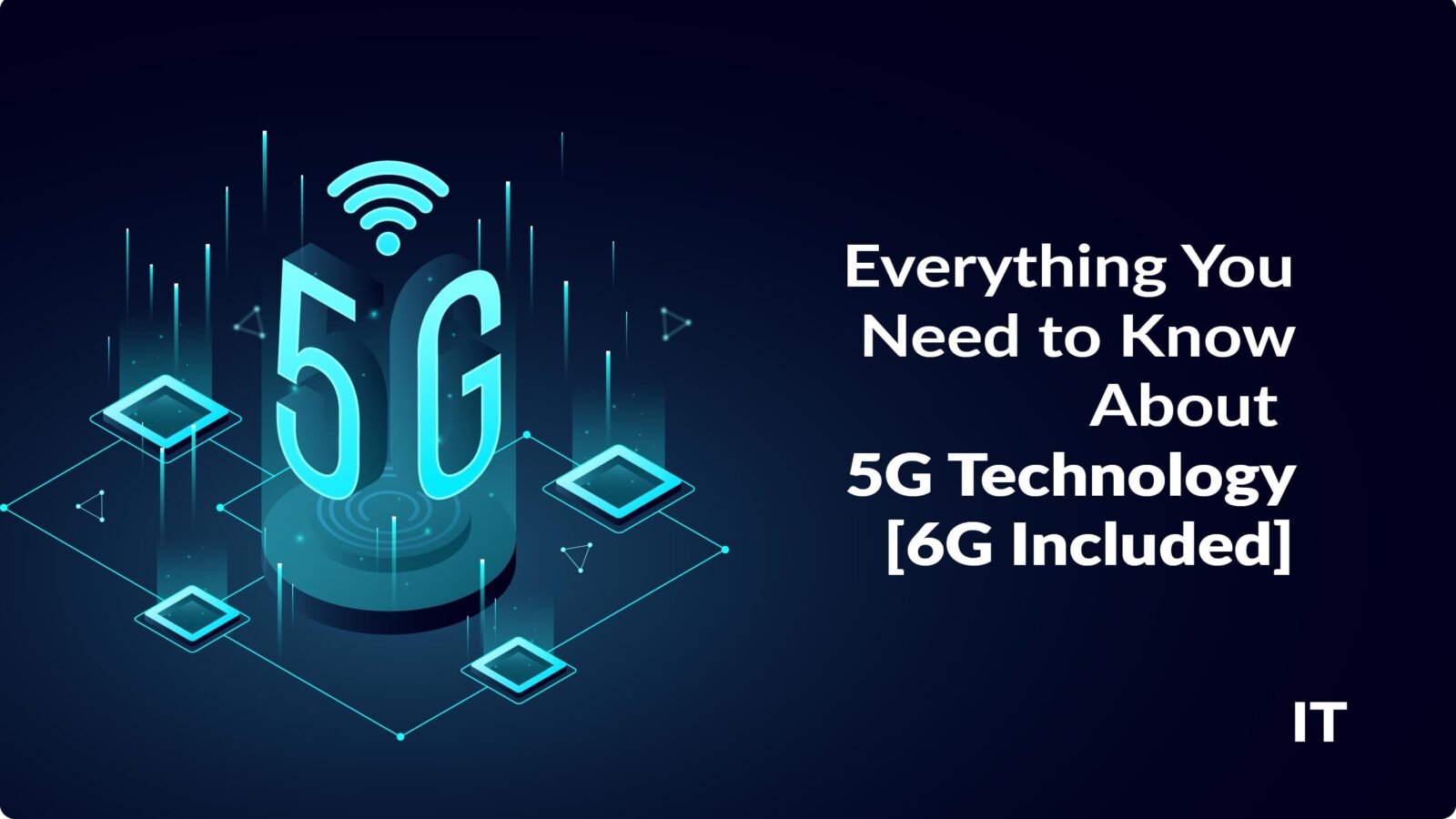Our digital world demands quicker, more dependable communication networks. Yet current systems can hardly keep up as data needs to soar alongside new technologies. This problem requires a transformative solution that unlocks interconnected potential. This is where 5G wireless technology, a fifth-generation game-changer, comes into play.
What is 5G?
5G is the fifth generation of mobile networks, a unique wireless standard. It follows 1G, 2G, 3G, and 4G. 5G enables a new kind of network designed to interconnect virtually everyone and everything—machines, objects, and devices. This wireless technology delivers higher multi-Gbps peak data speeds.
It provides ultra-low latency, more reliability, massive network capacity, and increased availability. 5G offers a more consistent user experience for more users. Higher performance and improved efficiency power new user experiences, connecting new industries.
The global adoption of 5G is predicted to drive a surge in data usage worldwide. Forecasts indicate that by 2028, mobile data traffic could reach nearly 330 exabytes per month, surpassing the 2022 volume by over threefold.
Who Invented 5G?
It is a wireless technology created by the efforts of many scientists and companies. Samsung, Ericsson, Nokia, Huawei, and ZTE all contributed crucial components. The creation involved collaboration for a long time, and 5G will keep evolving, building on previous cellular advances. This teamwork approach led to 5G’s development as the newest generation of mobile networks.
Also Read: A Beginner’s Guide to Cloud Data Analytics: Everything You Need to Know
What are the Benefits of a 5G Network?
 The key 5G benefits are faster transmission speeds, lower latency, which increases remote execution capability, a larger number of connected devices, and the ability to construct virtual networks (network slicing), which offers more tailored connectivity to specific demands.
The key 5G benefits are faster transmission speeds, lower latency, which increases remote execution capability, a larger number of connected devices, and the ability to construct virtual networks (network slicing), which offers more tailored connectivity to specific demands.
High-Speed Data Transmissions
Transmission rates in 5G can reach 15 or 20 Gbps. We can access data, programs, and distant apps completely directly and without having to wait, thanks to the ability to enjoy better speed. By utilizing the cloud more often, all gadgets (phones, computers, etc.) will rely less on internal memory and the accumulation of data, and certain products won’t require the installation of numerous processors because computation may be done on the cloud.
Minimal Latency
The amount of time that passes between issuing a request on a device and the action taking place is known as latency. Since 5G will have ten times less latency than 4G, remote actions can be carried out in real-time, making it one of the greatest 5G benefits.
Due to this reduced latency and the expansion of sensors, it is now possible to handle surgical procedures, distant logistics, and industrial plant machinery. With the use of precise equipment, a doctor can now treat a patient who is on the other side of the world. This is controlled remotely or completely automated, without a driver, by remote transport systems.
Connected Devices
With the 5G benefits, there will be millions of devices linked to the network per square kilometer, which is a significant increase in connectivity options.
All linked gadgets will have immediate access to the internet, which will allow them to communicate with one another in real-time. IoT will benefit from this. A typical home is expected to contain several linked devices that will be exchanging data in real-time. Thousands of connected devices come to mind when we think of industrial facilities.
Smart cities and driverless vehicles will be possible because of the increased number of linked devices.
Network Slicing
In order to provide a connection that is better suited to particular demands, the 5G benefits also enable the implementation of virtual networks (network slicing) and the creation of subnets. Being a programmable network, the creation of subnetworks will give specific characteristics to a portion of the network and allow for the prioritization of connections, such as emergencies in front of other users, by using different latencies or prioritizing them in the connection to the network so they can’t be impacted by potential mobile network overloads.
What are the Challenges of a 5G Network?
 Every industry is anxious to adopt this unmatched technology to reap considerable benefits and gain a competitive advantage. 5G benefits promise to deliver high speed and bandwidth with minimal latency, but it also has more to offer that could bring revolutionary changes. Mobile providers are taking steps to accelerate the rollout of 5G and make it available to an increasing number of users. Yet, as they move forward with the deployment of 5G, several obstacles cause a delay in the entire process.
Every industry is anxious to adopt this unmatched technology to reap considerable benefits and gain a competitive advantage. 5G benefits promise to deliver high speed and bandwidth with minimal latency, but it also has more to offer that could bring revolutionary changes. Mobile providers are taking steps to accelerate the rollout of 5G and make it available to an increasing number of users. Yet, as they move forward with the deployment of 5G, several obstacles cause a delay in the entire process.
Spectrum Challenges
With the switch from 4G to 5G technology, new use cases that require high-frequency bands will appear. Yet, because of its availability and cost, which vary depending on which operators must create a solid financial use case, spectrum is regarded as a key resource. The type and quantity of spectrum network operators already possess or will be able to acquire in upcoming spectrum auctions will determine the viability of the 5G network, as well as the new 5G benefits and challenges that come with the chosen spectrum bands.
Convoluted Architecture
With a single network infrastructure to handle Radio Access Network (RAN) and core networks, 5G promises to satisfy a variety of service requirements. In 5G networks, the Network Functions Virtualization (NFV) idea is widely utilized for network slicing, building edge intelligence networks, numerous radio networks or connections, and many other purposes. Yet to use these novel techniques, an operating system must be created that is distinct from earlier iterations and requires special expertise to create an architecture that can meet network requirements.
Regulations
With few universal and widely varying features, 5G benefits will evolve at different rates in each country. As every country has its own set of regulations, it is impossible to say which technical parameters are universal, which is one of the major difficulties in deploying 5G networks. In the region where they are set to offer 5G mobile network services to users, mobile network operators must operate in line with the standards created for 5G network technology.
In order to design their roadmap for 5G deployment, it is crucial to recognize and comprehend the 5G legislation in the country where they are aiming to implement 5G wireless networks. For example, the Canadian government noted in 2018 that it has made “revisions to the 3,500 MHz spectrum band to facilitate flexible use and early consultation on adjustments done on the 3,800 MHz spectrum band” to make these bands available for 5G services in every part of Canada.
What is 6G?
Sixth-generation wireless, known as 6G, will succeed 5G cellular technology. Higher frequencies than 5G will be utilized by 6G networks. As a result, they’ll provide much greater capacity and far lower latency. The major goal of 6G is to provide microsecond-latency communications. That’s 1,000 times faster, or 1/1000th the latency, compared to one millisecond throughput. The 6G technology markup should enable major advances in imaging, presence tracking, and location awareness. Working alongside artificial intelligence (AI), the 6G computational infrastructure will identify optimal locations for computing. This includes data storage, processing, and sharing decisions.
What Year Will 6G Internet Be Available to Use?
Experts predict that 6G Internet will launch commercially around 2030. This upcoming technology utilizes distributed radio access networks (RAN) and the terahertz (THz) spectrum more than previous generations. The result is increased capacity, reduced latency, and enhanced spectrum sharing.
Though 6G is still in its early definition stages, serious research and development activities will commence in 2020. Creating 6G requires developing highly advanced mobile communication technologies like cognitive, ultra-secure data networks. It also necessitates expanding spectral bandwidth far beyond 5G’s speeds.
China has already launched a 6G test satellite outfitted with terahertz systems. Tech giants Huawei and China Global reportedly aim to launch comparable 6G satellites in 2021 too. Many obstacles to deploying 5G’s millimeter-wave radio must be resolved first before network designers can tackle 6G’s hurdles.
Is 6G Really Necessary?
We require 6G technology for several reasons, including:
confluence of technologies: deep learning and big data analytics are two examples of previously unrelated technologies that will be integrated into the sixth generation of cellular networks. A large portion of this convergence has been made possible by the advent of 5G computing on the edge. One key factor driving 6G is the requirement to implement edge computing to guarantee overall throughput and low latency for ultrareliable, low-latency communications systems.
Cyberspace for Objects (IoT): Supporting machine-to-machine connectivity in the Internet of Things is another motivating factor.
high-end computer systems (HPC). 6G and HPC are strongly related. Some IoT and mobile technology data will be handled by edge computing resources, but the majority will need to be processed by more centralized HPC capabilities.
Final Takeaway
5G is an important step forward in wireless technology. Extremely fast speeds, minimal delays, and the ability to link many devices make 5G revolutionary. It can change industries like health, transportation, entertainment, and the interior of things. As we start using 5G, fields will advance in innovative ways, transforming how we live and work in our daily lives.
































